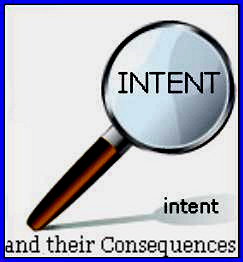
Perhaps more importantly, the definitions used in both the Act and the Rules often give rights and powers in and to them selves, such as the rules states who constitutes a party in respect of proceedings under the Rules of Part 25, to the extent that parties may now include persons who previously would not have been proper parties in non -estate proceedings.
RULE 25-1— DEFINITIONS
Definitions
(I) In this Part:
‘affidavit of assets and liabilities for estate grant” means an affidavit referred to in Rule 25-3(2)(g);
“affidavit of assets and liabilities for resealing” means an affidavit referred to in Rule 25-6(2)
“alternate executor” means a person who, under the terms of a will, is to become an executor if the
person named in the will as executor is unable or unwilling to act or continue to act in that
capacity;
“authorization to obtain estate information” means an authorization to obtain estate information
issued under Rule 25-4(1)(a);
“authorization to obtain resealing information” means an authorization to obtain resealing
information issued under Rule 25-7( I )(a);
“citor” means a person who serves a citation under Rule 25-11(1);
“deliver”, in relation to a person, means provide to the person by
(a) personal delivery,
(b) ordinary mail to the person’s residential or postal address, or
(c) e-mail, fax or other electronic means to the address provided by the person for that purpose;
“disputant” means a person who files a notice of dispute under Rule 25-10( I); “estate grant” means
(a) a grant of probate, whether the grant is made for general, special or limited purposes,
(b) a grant of administration, whether the grant is made for general, special or limited purposes, or
(c) an ancillary grant of probate or administration;
“executor” means
(a) a person named in a will as an executor, or
(b) if 2 or more persons are named in a will as an executor, each of those co-executors, unless that person has renounced executorship;
“renounce executorship” has the meaning set out in subrule (4) of this rule;
“solemn form” has the meaning set out in subrule (5) of this rule;
“submission for estate grant” means a submission for estate grant in Form P2;
“submission for resealing” means a submission for resealing in Form P2I;
“testamentary document” means a document that does one or both of the following:
(a) makes or purports to make a testamentary disposition other than
(i) a designation under Part 5 of the Wills, Estates and Succession Act, or (ii) a designation of a beneficiary under Part 3 or 4 of the Insurance Act;
(b) appoints or purports to appoint an executor of the estate of the maker of the
document,and, without limiting this, includes a will;
“wills notice” means a notice filed under section 73 of the Wills, Estates and Succession Act with the chief executive officer under the Vital Statistics Act.
There is now a prescribed form for Renunciation of Executor and a definition of when delivery has been effectively given.




